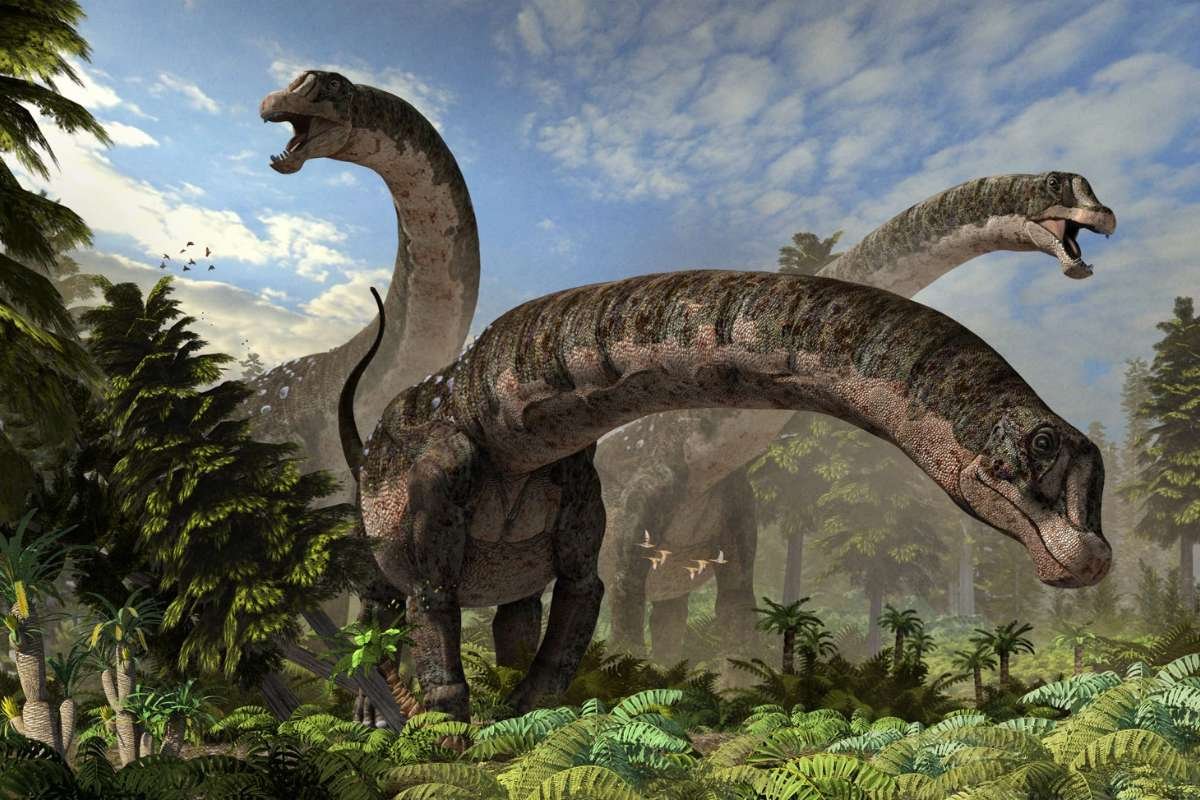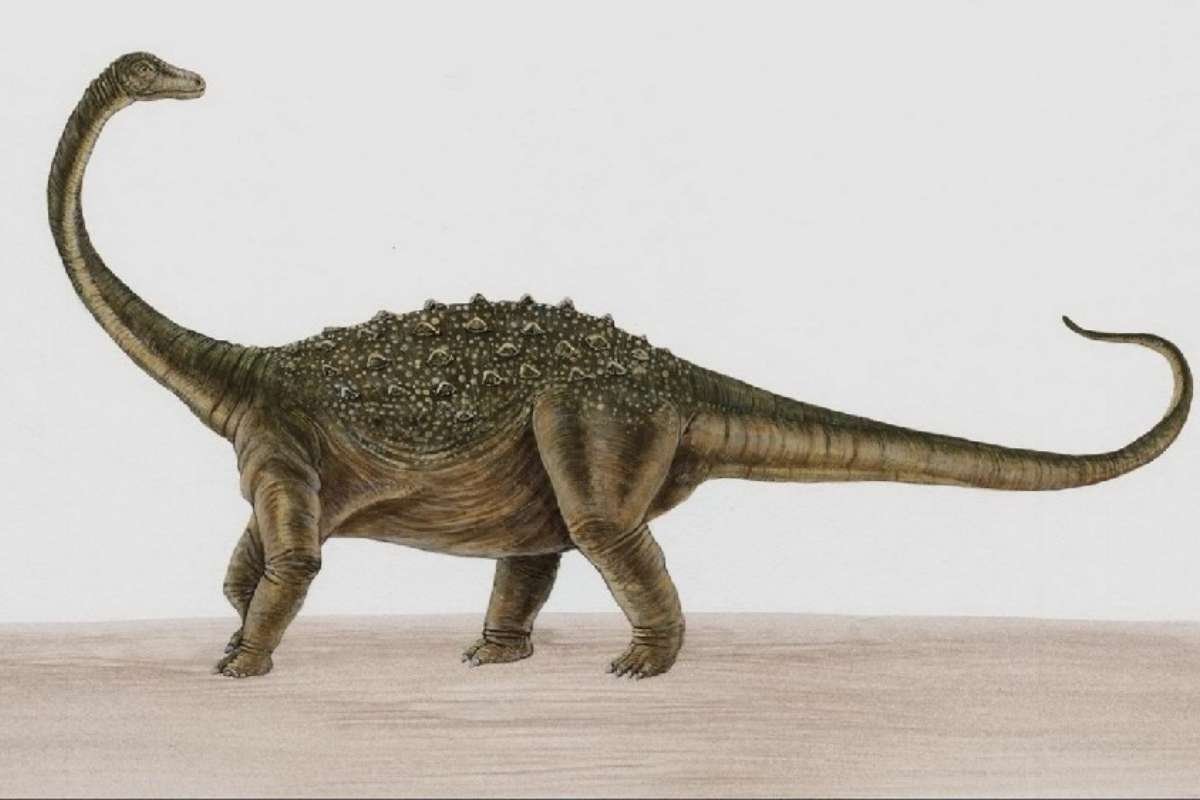If You Think T-Rex are the Biggest Dinosaurs? Wait Till You Meet These Titans
If You Think T-Rex are the Biggest Dinosaurs? Wait Till You Meet These Titans
Blog Article
If You Think T-Rex are the Biggest Dinosaurs? Wait Till You Meet These Titans

- Source: Image by Science Photo Library
Today, elephants are considered the largest and strongest creatures in the world due to their body structure and strength. But did you know there are not just one but many creatures bigger than an elephant? Those creatures could exceed a five-story-tall building and still manage to make the tower seem small in front of them. These ancient reptiles are called Dinosaurs; they used to be the rulers of prehistoric times. These gigantic beasts can easily beat any creature with their strength and larger structure and weigh more than dozens of elephants. Humans can appear smaller than dwarfs compared to these titanic beasts.
Your definition of big is about to change when you read and find more of the giant creatures. The T-Rex is considered a popular dinosaur, but it is not as big as we know it. So, who are these dinosaur giants than this mighty predator? Let’s embark on a Jurassic journey to learn about the biggest dinosaurs of the prehistoric world, reigning over everyone at that time.
In this article, we will explore the Jurassic period to find the biggest dinosaurs and learn more about these titans from their weight, length, features, and more.
What are Dinosaurs?
Dinosaurs are a group of reptiles that dominated the land for over 140 million years, even more than 160 million years in some parts of the world. They ruled the Earth for over 160 million years through the Jurassic and Cretaceous periods before most of them went extinct around 66 million years ago, probably due to a big asteroid impact. What was significant about these reptiles was they could walk upright, as dinosaurs had legs positioned directly beneath their bodies, which helped them move more efficiently. Dinosaurs came in all shapes and sizes, from chicken-sized Compsognathus to the enormous, long-necked Argentinosaurus.
Some were meat-eaters, that is, carnivores; meanwhile, others were plant-eaters, that is, herbivores, and a few even walked on both legs and four. Non-avian dinosaurs are non-flying dinosaurs that lived during the Mesozoic Era, which is often called the Age of Dinosaurs. This era was divided into three periods: the Triassic, Jurassic, and Cretaceous. Some of these creatures were giants and could be tough enough to win any fights with threats. As mentioned, their size could grow gigantically and exceed even tall buildings during those times. But what were the names of these biggest dinosaurs? Let’s learn more about these fascinating dominators of Jurassic World.
The biggest dinosaurs – the titan of Jurassic era:

1. Argentinosaurus
One of the heaviest land animals ever, this titanosaur roamed ancient South America. Its fossil remains sparked debates about just how massive dinosaurs could get.



2. Patagotitan
Discovered in Patagonia, this gentle giant belonged to the titanosaur family and amazed paleontologists with its remarkably complete fossil skeleton.



3. Dreadnoughtus




4. Spinosaurus
With its crocodile-like snout and massive sail on its back, Spinosaurus was likely semi-aquatic—a rare trait among large carnivorous dinosaurs.



5. Giganotosaurus
This fearsome predator rivaled the T. rex and hunted in what’s now Argentina. It had a long skull and was built for speed.



Also Read: 10 Myths about Pet care debunked
6. Saltasaurus




7. Rapetosaurus
This Madagascan dino was a young star in paleontology, with juvenile fossils providing rare insights into how sauropods grew up.



8. Paralititan
Unearthed near an ancient mangrove shoreline in Egypt, Paralititan may have lived near coastal swamps, hinting at a unique habitat for a titanosaur.



9. Puertasaurus
Known from only a few vertebrae, this elusive giant is believed to have had an enormous and bulky frame, suggesting extreme proportions.



10. Sauroposeidon
Nicknamed the “earthquake god lizard,” this dinosaur is famous for its towering neck, possibly the longest of any land animal ever.



Also Read: Why Are Plants Mostly Green in Color?
Conclusion
The prehistoric era was ruled and dominated by fascinating creatures who showcased their strength through their big and strong structure. Their growth was enormous in comparison to animals in the present day. With razor-sharp teeth and pointed nails, they used to threaten their prey and enemies, but what used to scare other beings was their big bodies. Argentinosaurus, Spinosaurus, Giganotosaurus, and Sauroposeidon were the biggest dinosaurs of that time. They dwelled in the land and walked upright, and these were the significant features that set them apart from others.
FAQ
1. What is the largest dinosaur to ever exist?
The biggest dinosaur ever discovered, and potentially the largest land animal to have ever lived, is the titanosaur Patagotitan mayorum, a long-necked, plant-eating dinosaur that lived over 100 million years ago in what is now Patagonia, Argentina.
2. What dinosaur is bigger than the T. rex?
While the Tyrannosaurus Rex is undeniably a fearsome dinosaur, the Spinosaurus is considered to be a larger carnivorous dinosaur, both in length and potentially height, than the T. rex.
3. Who is the king of dinosaurs?
The Tyrannosaurus Rex: King of the Dinosaurs.